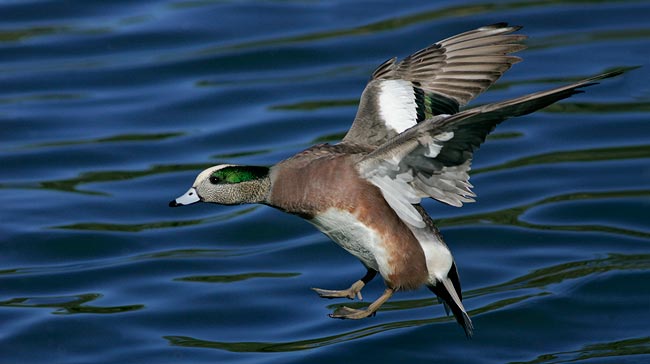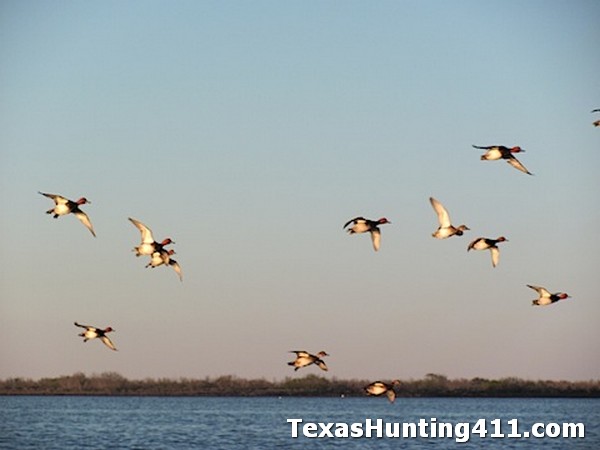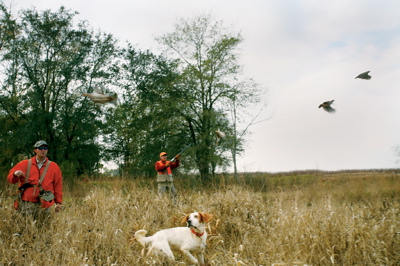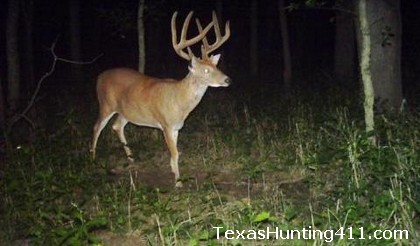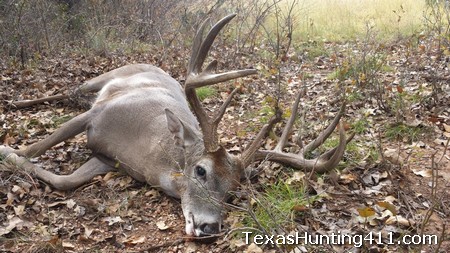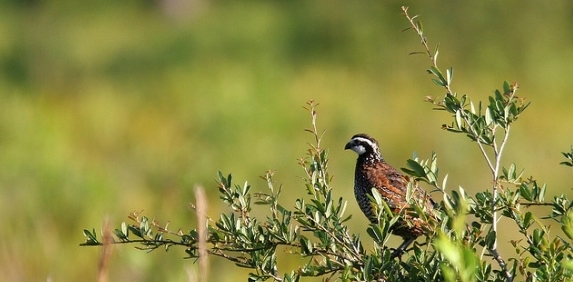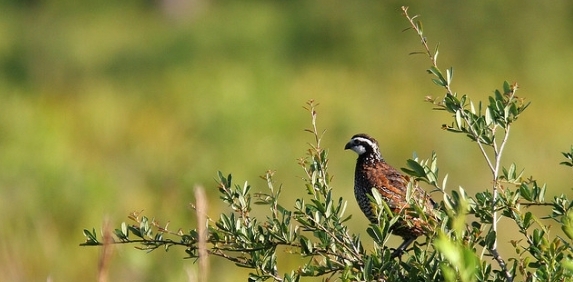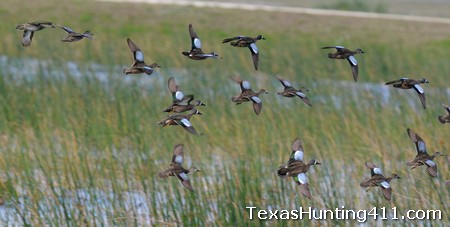To most, white-tailed deer are fairly unassuming animals, but when they can cause serious problems in suburban areas when in overabundance. As urban sprawl continues to increase throughout the United States so does human-wildlife conflicts. At the end of the 20th century, 75 percent of homes were in metropolitan areas and almost half of the United States population lived in suburban communities. Texas is no exception.
Between the 2010 and 2013 census the overall Texas population jumped 1.3 million and was reported to have 8 of the 15 fasted growing cities in 2012. White-tailed deer are one the most widespread and abundant species of large mammals in North America and due to continued urban development they have become a wildlife management problem in many places throughout the United States, including Texas.
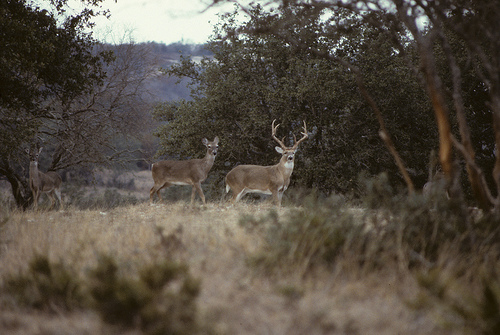
Deer populations are estimated to be around 30 million in North America and around 3.3 million in Texas alone. Deer have quickly adapted to urban environments and have become accustomed to human activity due to abundant food, absence of predators, and lack of urban hunting pressure, leading to conflicts with residents and populations judged as overabundant. Many urban and suburban communities need ways to manage overabundant deer populations and it is often asked how many deer should an area have?
The number of deer appropriate for an area depends on the tolerance level of residents. People of the state own the deer and therefore it is up to cities to determine specific management goals of how many deer should be within the community. Some urban communities have started to develop deer management programs to combat overabundant populations. Working with Texas Parks and Wildlife Department (TPWD), cities work with urban wildlife biologist to develop a management plan.
Currently some cities have decided to develop trap, transport, and process (TTP) programs. This strategy is when deer are trapped within a city, transported to a processing facility where the meat is donated to shelters. It does cost municipalities and home owner associations (HOAs) money to hire permitted trappers, so each area must examine the costs and benefits.
Other alternative methods some communities are looking into are surgical sterilization or immunocontraception. Both of these methods are non-lethal and prevent females from reproducing, however they are very costly and do not seem to work effectively in open populations. Some communities find these strategies appealing because they are non-lethal unlike TTP or sharpshooting. However, TPWD would need to issue a permit for these types of management strategies, which to date has not occurred in Texas.
There is not one simple plan that will work for every urban community when it comes to deer management. Therefore each community must determine their objectives and develop a management plan that will best reach their goals.
